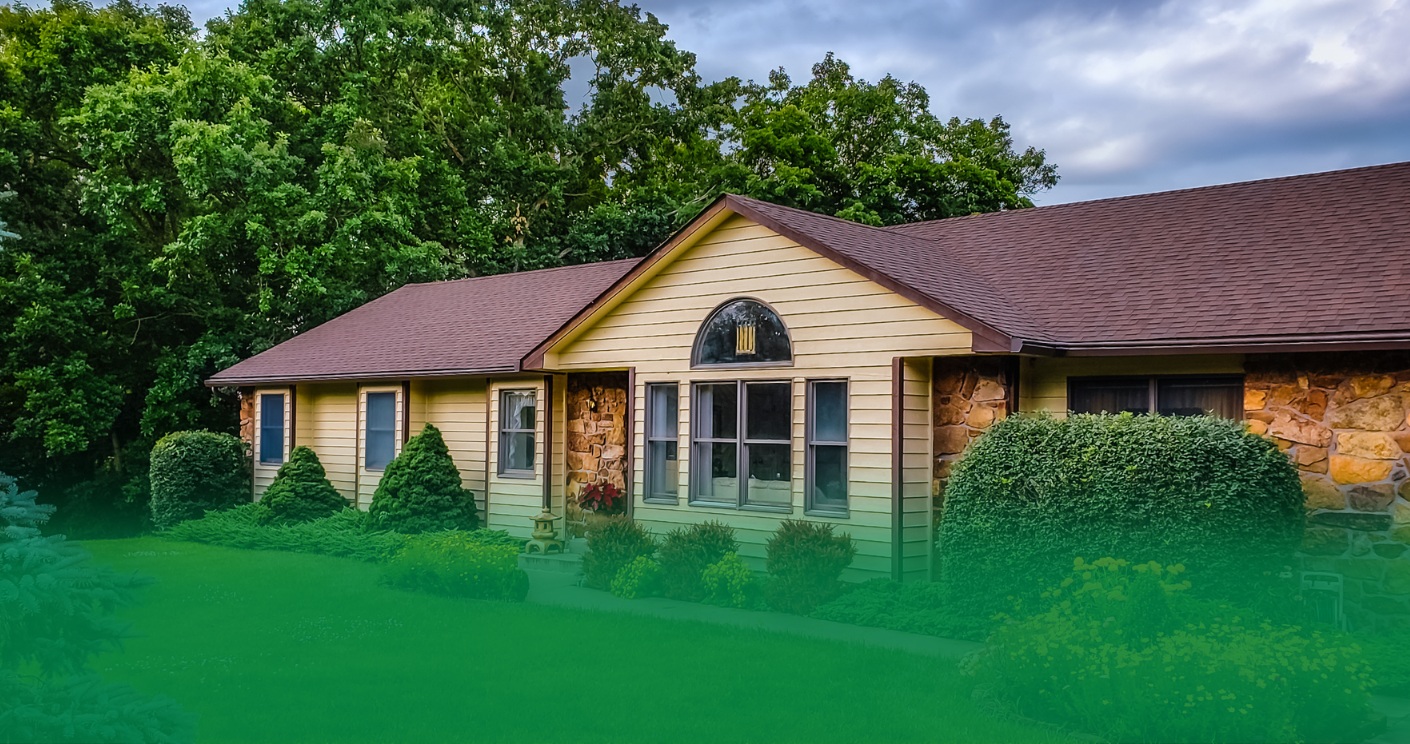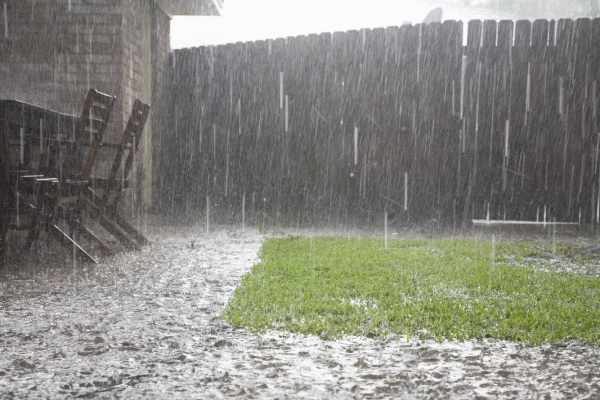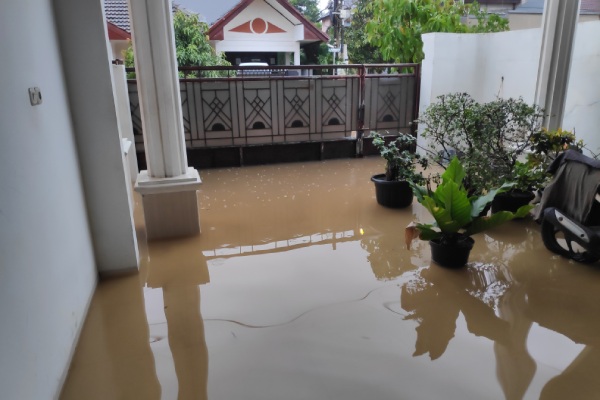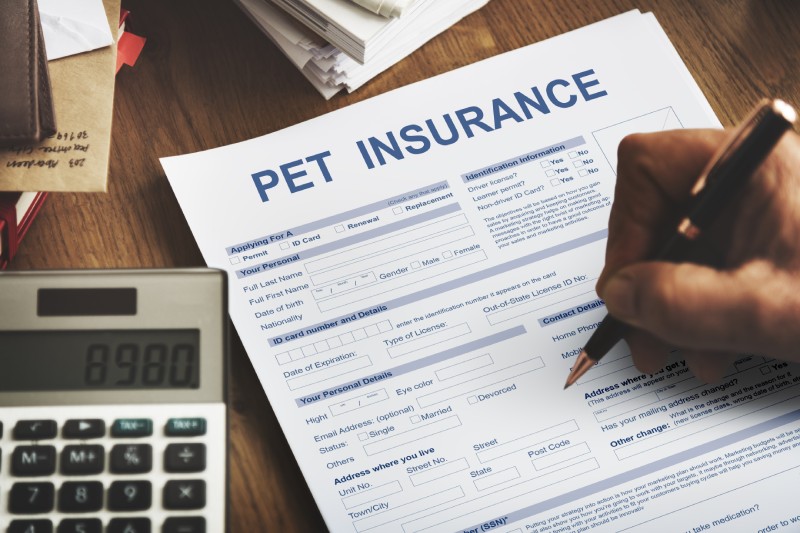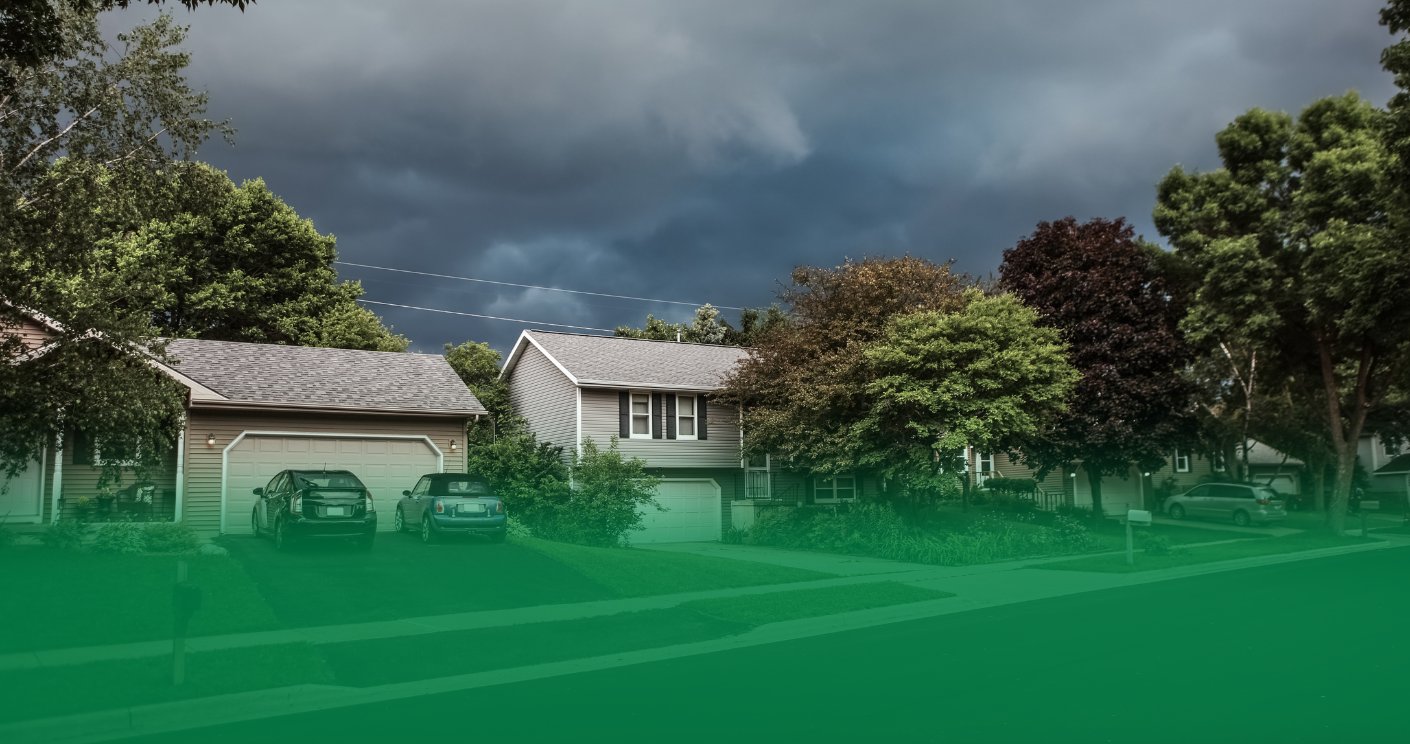
Life insurance is more than just a policy; it’s a safeguard for your loved ones’ financial future. If you’re living in McAllen, Texas, or its surrounding areas, finding the right life insurance policy might seem daunting. With unique regional needs and cross-border dynamics, selecting the appropriate coverage demands a thoughtful approach.
In this article, we’ll guide border town residents through the process of finding reliable life insurance with confidence.
1. Understand the local insurance market in McAllen

As a McAllen resident, it’s crucial to grasp the local insurance market. Life insurance policies and their terms can differ significantly from one company to another. Knowing which providers are well-regarded in McAllen and Laredo can help you begin your search with trustworthy options.
Research Local Providers
Border town communities often have different needs than larger cities. Insurance agencies in McAllen offer policies tailored to these unique requirements. Agencies like Safeguard Insurance Agency specialize in custom-designed life insurance policies for McAllen residents. From term life policies to more complex whole and universal life plans, these agencies understand local economic conditions and family structures, providing personalized advice that fits your circumstances.
Learn About Economic and Demographic Influences
McAllen’s insurance market may have policies that cater to bi-national families, multi-generational households, and cross-border workers due to its growing population and proximity to Mexico. These factors might influence your choice of insurer or policy features. Asking about local policy nuances can help you make an informed choice that aligns with your lifestyle and long-term goals.
2. Explore different types of life insurance policies
Choosing a life insurance policy is not a one-size-fits-all decision. Each type of life insurance—term, whole, and universal—comes with unique features, benefits, and costs. Understanding the basics of each type helps you select a policy that aligns with your needs and financial goals.
Term Life Insurance
Term life insurance provides coverage for a specified period, like 10, 20, or 30 years. It’s typically the most affordable option, suitable for covering temporary needs, such as a mortgage or young children’s expenses. For families in McAllen with growing financial responsibilities, term life can offer solid protection during crucial years, providing peace of mind without high premiums.
Whole Life Insurance
This permanent policy covers you for your entire life and accumulates cash value over time. Though more costly, it’s ideal if you want a stable, lifelong policy with a savings component. This coverage could be beneficial if you’re interested in building cash value for loans, emergency funds, or even supplementing retirement income.
Universal Life Insurance
Universal life insurance offers flexibility in premiums and death benefits, making it a popular choice for those whose financial circumstances may change. It provides lifelong coverage and allows you to adjust your contributions based on your income or other financial needs.
Choosing the right policy depends on factors like your age, financial goals, and family needs. For example, if budget is your limitation, you might opt for a term policy for affordability. Meanwhile, those seeking stable, lifelong protection might prefer a whole-life policy. Learn more about Safeguard’s life insurance policies here.
3. Evaluate your coverage needs

When selecting life insurance, determine how much coverage you actually need. This involves closely examining your financial obligations, dependents, and future expenses to ensure adequate protection.
Calculate coverage based on key financial factors
One common approach is to multiply your annual income by 10 to 12 times, ensuring your family has enough to cover expenses in your absence. Alternatively, use the DIME method—Debts, Income replacement, Mortgage, and Education costs—to calculate what you need to protect financially.
Consider dependent and long-term needs
For border town residents with unique family setups, like extended or multi-generational households, consider all dependents who might rely on your income. You might need extra coverage if you’re financially responsible for elderly parents. Also, plan for major milestones, like a child’s college education or your spouse’s retirement. Selecting a policy with sufficient coverage to meet these future expenses can alleviate stress and create a financial safety net for your loved ones.
Account for inflation and rising costs
Living costs and education expenses continue to rise, so it’s wise to periodically review your policy to see if you need to increase your coverage. As McAllen’s economy grows, planning ahead can help you keep up with changing needs.
4. Compare multiple quotes and policy options
Comparing quotes from multiple providers is one of the best ways to find a policy that meets both your budget and coverage requirements. Life insurance premiums vary widely based on factors like age, health, policy type, and provider.
Compare multiple policies
Compare multiple policies based on specific risks, benefits, and discounts applicable to local residents. Obtain quotes from several companies and break down coverage details to make side-by-side comparisons.
Focus on more than just the premium
While it may be tempting to choose the lowest monthly payment, consider the full picture. Look at the policy’s death benefit, exclusions, additional riders, and potential cash value accumulation. Riders, like accidental death or critical illness, can add value to a policy. Some might be particularly beneficial for families in McAllen. Be sure to ask about hidden fees or penalties for early cancellation.
5. Address cross-border considerations for life insurance in McAllen

For residents of McAllen, Laredo, Rio Grande City, and other border towns, cross-border considerations are crucial.
Policy Validity for Cross-Border Moves
If you or your family anticipate moving to Mexico or other countries, check if your policy remains valid abroad. Some insurance providers offer international coverage, but you must confirm that both policy benefits and claims processes are unaffected by such moves.
Beneficiary Location and Payment Logistics
Designating international beneficiaries can complicate the claims process. Verify that your policy allows beneficiaries to reside outside the U.S. and provides a straightforward payout process. Some policies may limit benefits if primary beneficiaries live abroad, so discuss these details with your agent.
Tax Implications for Cross-Border Inheritances
Cross-border life insurance payouts may be subject to different tax laws, impacting the benefits your family receives. Consult a financial advisor or insurance specialist familiar with international estate planning to structure your policy in a way that maximizes financial protection and minimizes tax liabilities.
Get the best life insurance coverage with Safeguard Insurance Agency
Securing life insurance is a significant step in creating financial stability and peace of mind. Safeguard Insurance Agency specializes in providing tailored life and homeowners insurance solutions for residents in McAllen, Laredo, and Brownsville.
Whether navigating policy options for the first time or reviewing existing coverage, our team is here to guide you every step of the way. Contact us today to discuss your needs, and let’s create a policy that protects what matters most, all at a price that fits your budget.















